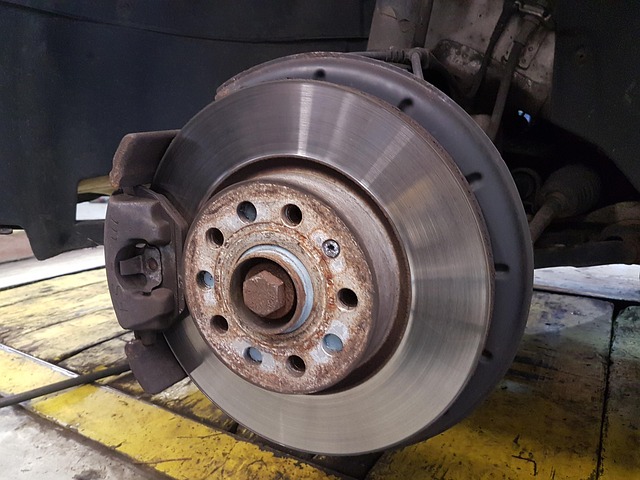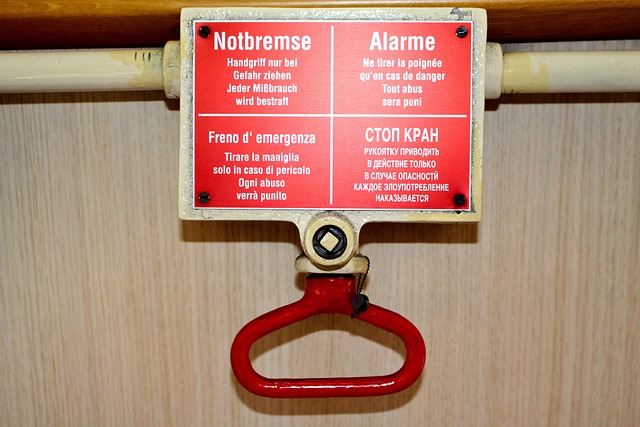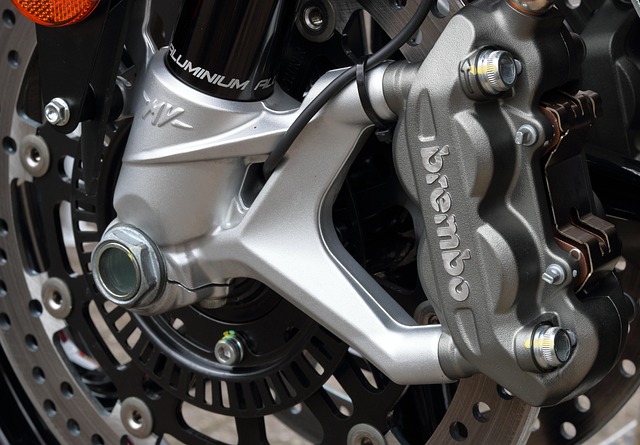Understanding your vehicle's braking system is crucial for safety and performance optimization. When selecting brake replacements, consider intended use (daily driving or track days), driving style, regional conditions, and vehicle type (commercial, electric). Experts can advise on powerful yet safe options with features like ABS. After installation, test gently on a controlled surface, fine-tune settings based on unique vehicle dynamics, and make regular adjustments for optimal braking performance.
Unleash your vehicle’s true stopping power by finding the ideal brake setup. This comprehensive guide walks you through the process, from understanding your car’s braking system to selecting the best brake replacements and fine-tuning for optimal performance. Discover key factors like material, size, and caliper type that affect braking efficiency. Learn how to test and adjust your setup for a seamless, safe, and controlled ride. Start your journey towards enhanced safety today by choosing the right brake replacements.
- Understanding Your Vehicle's Braking System
- Factors to Consider When Choosing Brake Replacements
- Testing and Fine-Tuning Your Ideal Brake Setup
Understanding Your Vehicle's Braking System

Understanding your vehicle’s braking system is a crucial step in finding the ideal brake setup for your needs. Different vehicles have varying braking mechanisms designed to cater to their specific performance requirements. For instance, automobiles typically feature disc brakes or drum brakes, with each offering unique advantages and maintenance considerations. Disc brakes, popular in modern cars, offer superior stopping power and heat dissipation due to their direct contact with the rotor. On the other hand, drum brakes, often found in older vehicles, are known for their simplicity and cost-effectiveness but may require more frequent bicycle brake repairs or motorcycle brake maintenance over time.
When looking to enhance your braking capabilities, considering custom brake kits can be a game-changer. These specialized components are tailored to improve stopping efficiency and modulation, especially for high-performance vehicles. By selecting the right brake replacements, whether it’s for everyday driving or track days, you can ensure optimal control and safety. Whether you’re in need of bicycle brake repairs or motorcycle brake maintenance, understanding your vehicle’s system will empower you to make informed decisions when it comes to upgrading your braking setup.
Factors to Consider When Choosing Brake Replacements

When selecting Brake Replacements, several key factors come into play to ensure optimal performance and safety. First and foremost, understand your vehicle’s intended use. Commercial vehicles, such as trucks or delivery vans, require robust and durable brake systems designed for heavy loads and frequent stops. In contrast, electric vehicle braking systems are increasingly sophisticated, offering precise control and efficient energy regeneration. Your driving style is another critical consideration; aggressive driving necessitates stronger brakes to handle sudden stops and hard cornering.
Furthermore, the environment plays a role in your choice. Local brake shops often recommend specific replacements tailored to regional conditions, be it hilly terrain or frequent exposure to harsh weather. Always consult with experts at these shops, who can provide insights into the best options for longevity and reliability, whether you’re after improved stopping power, reduced maintenance, or enhanced safety features like anti-lock braking systems (ABS).
Testing and Fine-Tuning Your Ideal Brake Setup

Once you’ve identified your ideal brake setup through research and consideration, it’s time to test and fine-tune your choices. Begin by installing the selected brake replacements using appropriate hardware, such as skid plate brake mounts for enhanced stability. Ensure proper alignment and adjustment for optimal performance. Test your brakes gently on a safe, controlled surface to get a feel for their responsiveness and stopping power.
Keep in mind that every vehicle is unique, and fine-tuning might involve adjustments specific to your car or truck. Consider factors like driving style, road conditions, and even the type of electric vehicle braking systems you’re using if applicable. Regular testing and small adjustments will help you dial in your ideal setup, ensuring a safe and enjoyable driving experience.
When it comes to selecting brake replacements, understanding your vehicle’s braking system and considering various factors is key. By carefully evaluating performance, durability, and compatibility, you can make informed decisions. Once you’ve chosen your ideal setup, testing and fine-tuning will ensure optimal stopping power and a smooth driving experience. Remember, your safety on the road depends on it!
